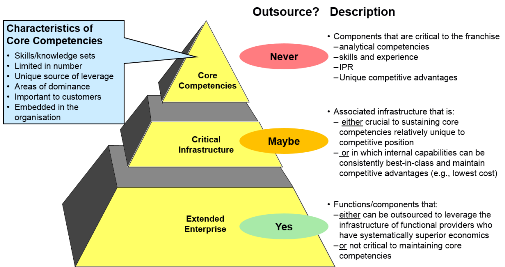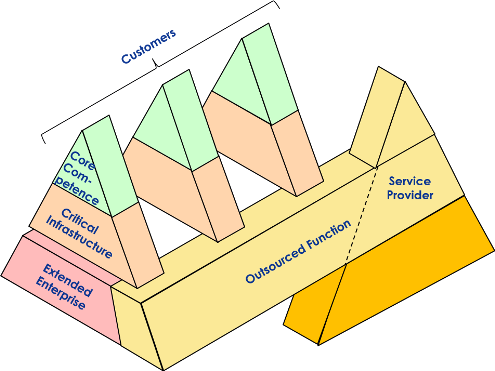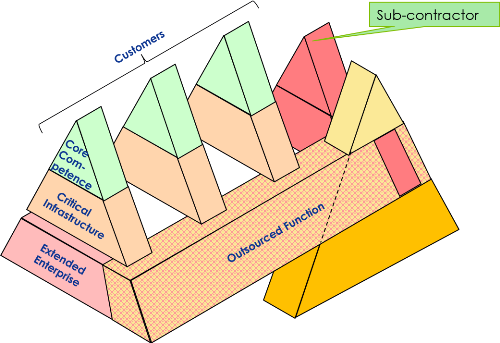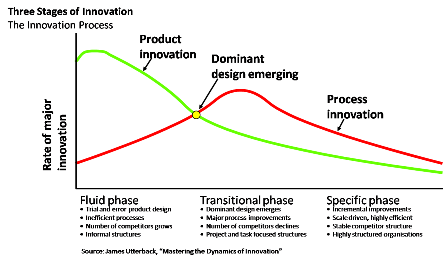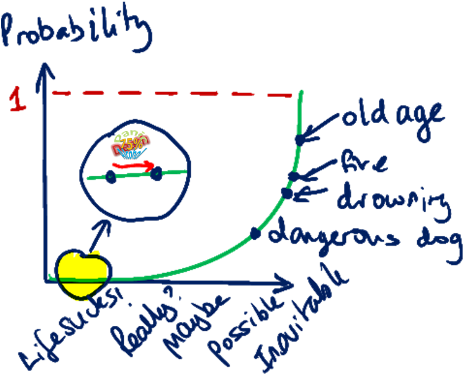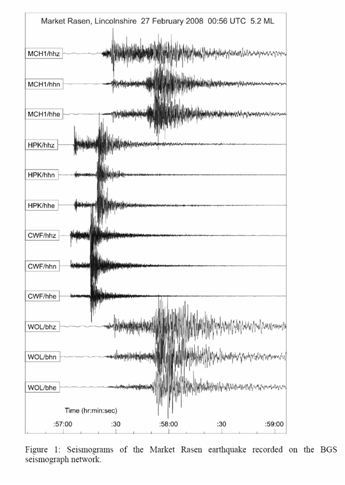Last week seemed to revolve around cars and driving, starting the week with long distance trips (to Canterbury and Salisbury), then fixing broken cars, a damaged engine undertray and nixed horns from an unwarranted attack by a particularly vicious piece of traffic calming, plus a petrol leak, culminating in thrashing my old M5 around Cadwell Park on a track day on Friday (a good way to end the week!).
Cadwell Park is mostly associated with bikers, but is also quite entertaining in a car, especially a tail-happy BMW – when I first enquired about track day insurance a while ago, the bod on the phone gave me a quote, and then when I said it was Cadwell, they said, ah, and added another 50%!
Here is the old girl in her war paint…
…none the worse for our trip into the bushes in the snow a few weeks ago.
In a mad moment of preparation before one of the long drives, we threw out the rubbish bag from the back of the car. I later got a text from home saying that we had just managed to recycle 28 empty Red Bull cans: something of a record even for me.
Quite coincidentally, I was idly running my eye over two piles of books on the table in my study, all in the process of being read or passing through to the bookshelves…
On the right is a workaday pile of business books that show some current industry themes (Semantic Web, Information Security, Agile IT Organisations..). The left-hand pile, however, reveals my recent predeliction for texts de-bunking mumbo-jumbo in all its irrational varieties, and I wonder if, maybe, this signals the start of the slippery slope to becoming Grumpy?
OK, Step forward, one and all, to tell me I’m already there…
Anyway, connecting Red Bull with grumpiness in any form, whether caused by lack of sleep, or too much blood in my caffeine stream, I was particularly exercised last week by an article in the paper – so, much so that I tore it out and carried it in my wallet, waving it at people, and saying “Says Who?”.
I have it here now and I am waving it at the screen in an agitated way. It is entitled “Night-owl children ruin body clocks” from the Sunday Times, and the first sentence reads “Children who are allowed to stay up past their bedtime watching television or playing on a computer are at risk of late-night sleeplessness for the rest of their lives”. To me this is grade A bunkum, as despite the strictest bed-times enforced by my parents, a thin gruel of educational TV and definitely no computer games (not invented), today I inhabit a nether-world of late nights, living in a time zone that is somewhere about GMT – 2 (“Mid-Atlantic” according to Windows clock) or GMT – 3 (“Montevideo/Buenos Aires/Georgetown/Greenland”).
I recall a moment during an interview many years ago with PWC Management Consulting, walking around the offices taking in the atmosphere. My escort said “We have hot-desking here, and starting time is 9-30am” (how civilised, I thought), “but if you don’t get in by 7am then you don’t get a desk” (ho ho, st&ff that for a game of soldiers, I thought)
Who are these mysterious people, “they” who dictate when we should sleep and wake? Who says what bedtime is and should be? In a world of the Internet, Digital TV and 24hour opening at Tesco who needs to have a set bedtime? Says Who? Nanny? Granny? the NHS?
Alvin Toffler put his finger on this point in “Future Shock” many years ago, when he commented on the transition from cock-crow, to factory whistle and school bell – training us all to live, work and sleep to a rhythm of coordinated factory production. Be a good little robot, and Thank Ford for the Brave New World. (OK, mixed literary allusions there, I know)
Well, ranting aside, I was pleased to see later in the week, another article in the same domain, but this one said Teenagers improve grades with a lie-in….. Unlike Matter and anti-Matter which annihilate themselves in a E=MC2 sort of way when they get mixed together, News and anti-News stories just sort of disappear with a slight “moo” and a whiff of fish.
And so to bed…
the worrying aspect is that the article quotes the sort of statistics about insomnia, sleep-walking and sleep-related breathing problems that some intellectually challenged politician might seize on to force us all to go to bed at 8pm…for our own good>


